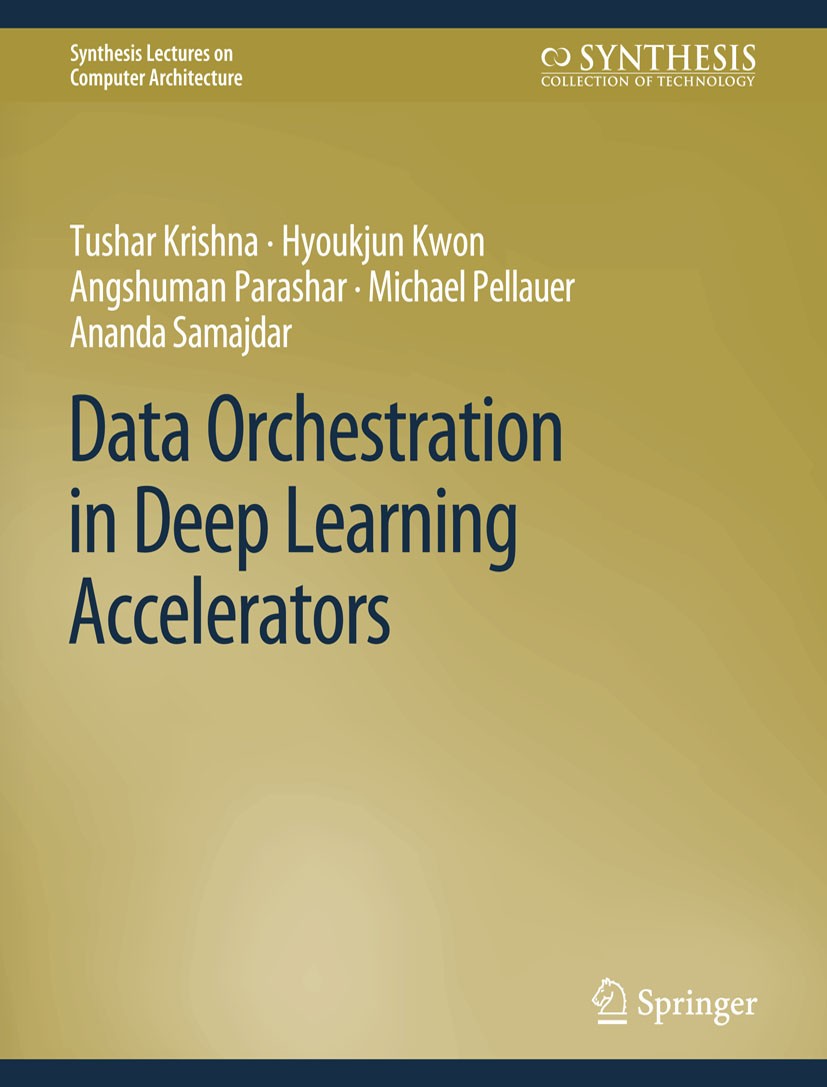| 書(shū)目名稱 | Data Orchestration in Deep Learning Accelerators | | 編輯 | Tushar Krishna,Hyoukjun Kwon,Ananda Samajdar | | 視頻video | http://file.papertrans.cn/263/262986/262986.mp4 | | 叢書(shū)名稱 | Synthesis Lectures on Computer Architecture | | 圖書(shū)封面 |  | | 描述 | This Synthesis Lecture focuses on techniques for efficient data orchestration within DNN accelerators. The End of Moore‘s Law, coupled with the increasing growth in deep learning and other AI applications has led to the emergence of custom Deep Neural Network (DNN) accelerators for energy-efficient inference on edge devices. Modern DNNs have millions of hyper parameters and involve billions of computations; this necessitates extensive data movement from memory to on-chip processing engines. It is well known that the cost of data movement today surpasses the cost of the actual computation; therefore, DNN accelerators require careful orchestration of data across on-chip compute, network, and memory elements to minimize the number of accesses to external DRAM. The book covers DNN dataflows, data reuse, buffer hierarchies, networks-on-chip, and automated design-space exploration. It concludes with data orchestration challenges with compressed and sparse DNNs and future trends. The target audience is students, engineers, and researchers interested in designing high-performance and low-energy accelerators for DNN inference. | | 出版日期 | Book 2020 | | 版次 | 1 | | doi | https://doi.org/10.1007/978-3-031-01767-4 | | isbn_softcover | 978-3-031-00639-5 | | isbn_ebook | 978-3-031-01767-4Series ISSN 1935-3235 Series E-ISSN 1935-3243 | | issn_series | 1935-3235 | | copyright | Springer Nature Switzerland AG 2020 |
The information of publication is updating

|
|
 |Archiver|手機(jī)版|小黑屋|
派博傳思國(guó)際
( 京公網(wǎng)安備110108008328)
GMT+8, 2025-10-13 12:02
|Archiver|手機(jī)版|小黑屋|
派博傳思國(guó)際
( 京公網(wǎng)安備110108008328)
GMT+8, 2025-10-13 12:02


